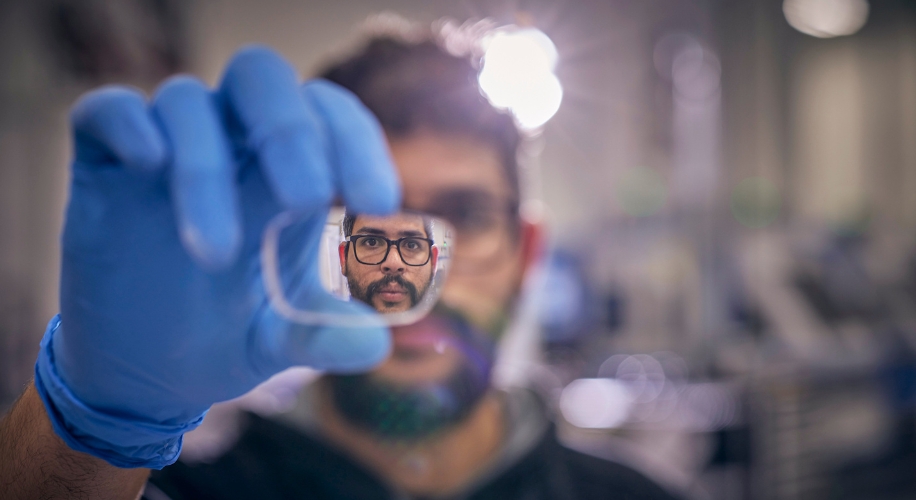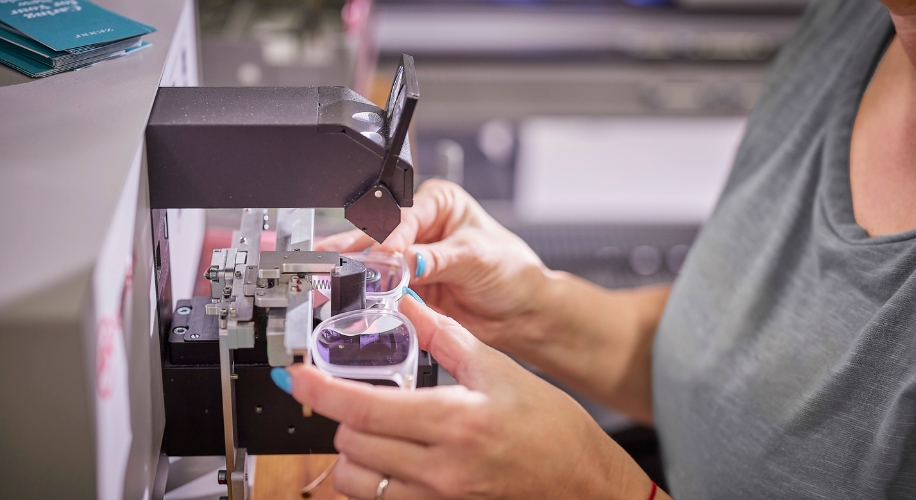The Role of Cylinder and Axis in Correcting Astigmatism

Understanding astigmatism and its correction is essential for those who wish to see the world with clarity. Astigmatism, often misunderstood, is a common refractive error, not a disease or health condition. It occurs when the eye does not focus light evenly onto the retina because of an irregularly shaped cornea or, in some cases, the curvature of the lens inside the eye.
What is Cylinder?

The term cylinder in an eyeglass prescription speaks directly to astigmatism. It refers to the lens power needed to correct the irregular shape causing the astigmatism. The cylinder value is measured in diopters and indicates the amount of lens power for astigmatism correction. A cylinder value may appear as a negative or a positive number on your prescription, denoting the type of astigmatism – myopic or hyperopic, respectively. Here’s how the cylinder plays a role in vision correction:
- Refines Visual Acuity: The cylinder component of prescription lenses hones in on the specific areas of your vision that are blurred due to astigmatism, providing the necessary correction to sharpen your sight.
- Customized for Each Eye: Often, each eye may exhibit different levels of astigmatism and will therefore require a personalized cylinder value to ensure optimal correction.
- Integral to Lens Manufacturing: When crafting lenses for astigmatic patients, the cylinder value is a critical measurement that dictates the lens’ curvature needed to counteract the irregular cornea or lens shape.
The Significance of Axis
The axis is an equally important component in an astigmatism prescription. Measured in degrees, the axis denotes the orientation of the astigmatism, specifically where the difference in curvature is occurring in the eye. An axis number between 0 and 180 precisely locates the area that requires corrective power. Without a properly defined axis, the cylinder correction would not align correctly, leaving the astigmatism unaddressed. The axis helps in the following ways:
- Pinpoints the Astigmatism: The axis provides the exact location, like a map coordinate, guiding where the corrective power should be applied on the lens.
- Ensures Accurate Correction: A lens must be oriented in precisely the right direction to correct your vision. The axis value is essential to this alignment.
- Stability and Comfort: Glasses that correct for astigmatism must remain stable on the wearer’s face to maintain the axis alignment, ensuring consistent visual clarity.
Choosing the Right Lenses for Astigmatism

When selecting eyewear to correct astigmatism, understanding the roles of cylinder and axis is crucial. These two parts of your prescription work in tandem to provide a tailored solution to your specific visual needs. At Zenni Optical, we simplify the process of selecting the perfect lenses, ensuring you can navigate the options with ease and confidence. Here are some tips:
- Always start with a current and comprehensive eye examination to obtain an accurate prescription.
- Use our virtual try-on feature to find frames that not only fit your style but also accommodate the specific lens type required for your astigmatism correction.
- Consider additional lens features such as blue light filtering or anti-reflective coatings to further enhance your vision and comfort.
- Don’t forget to factor in lens material options that can provide durability, impact resistance, and suitable weight for long-term wear.
About the Author: Dr. Steven Liem, OD, FAAO
Dr. Steven Liem, O.D., F.A.A.O. is an optometrist based in Pasadena, California. After obtaining his doctorate from UC Berkeley’s School of Optometry, he completed his residency in Pediatrics, Vision Therapy & Rehabilitation and became a Fellow of the American Academy of Optometry. When he isn’t busy streaming or making Youtube videos about video games, Dr. Liem aims to broaden accessibility to vision health through his involvement in optometric industry and tech.
